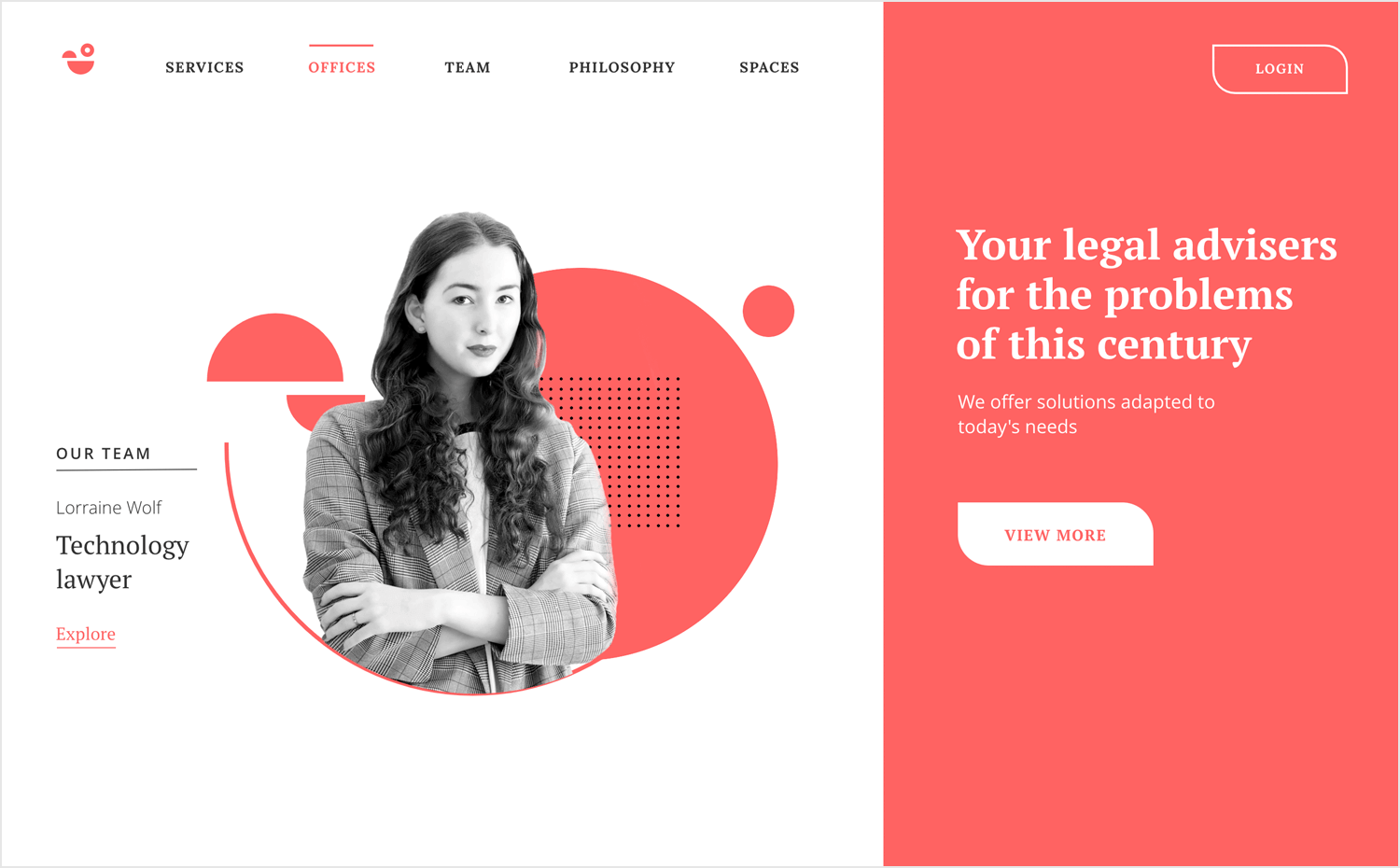Leading Tips for Creating an Impactful Web Site Layout That Transforms
To achieve this, one must take into consideration a selection of aspects, including understanding the target audience, focusing on customer experience, and enhancing for mobile platforms. The critical usage of compelling call-to-actions and a distinct visual hierarchy plays an essential duty in assisting individuals through their trip.

Understand Your Target Target Market
Recognizing your target audience is fundamental to effective internet site layout, as it lays the foundation for producing an appealing customer experience. Recognizing that your individuals are, including their demographics, preferences, and actions, allows designers to tailor the website's web content, layout, and capability to satisfy specific requirements.
Performing detailed market study is vital in this process. Studies, interviews, and analytics can supply important understandings into individual assumptions and pain factors. By compiling this data, developers can create customer personalities that stand for various sections of the target market, making sure that layout decisions are educated and relevant.
Additionally, recognizing the target audience aids in selecting proper design aspects such as color pattern, typography, and images that resonate with individuals. An internet site that speaks directly to its target market cultivates a feeling of connection and depend on, urging longer gos to and greater conversion prices.
Inevitably, a user-centered method to web site layout not only improves customer contentment however additionally sustains business objectives by driving interaction and commitment. By focusing on the demands and preferences of the target audience, a site can efficiently serve its function and attain wanted outcomes.
Prioritize User Experience
To enhance the general performance of a website, prioritizing individual experience (UX) is crucial (Website Design). A properly designed UX ensures that visitors can navigate the site easily, discover info quickly, and engage with content meaningfully. This causes boosted individual contentment and higher conversion rates
Begin by implementing intuitive navigation. Menus ought to be realistically structured, enabling customers to find vital areas of the site with minimal effort. Uniformity in layout components, such as color pattern and typefaces, fosters familiarity, which is essential for preserving user engagement.
Furthermore, take into consideration the packing speed of your website. A hold-up of simply a couple of seconds can result in substantial drop-offs, as users are less likely to wait on a slow-loading web page. Streamlining pictures and maximizing code can enhance efficiency and preserve site visitors.
Moreover, clearness in material discussion is vital. Usage concise, engaging language and break up message with visuals to boost readability. By prioritizing individual experience, you not just create a much more delightful environment for visitors yet additionally strengthen your brand's reliability. Eventually, a concentrate on UX is a financial investment in the long-term success of your web site.
Maximize for Mobile Instruments
Optimizing for mobile phones is vital in today's electronic landscape, where an increasing number of individuals accessibility internet sites through smartphones and tablets. A mobile-friendly design not only enhances user experience but also plays a considerable function in enhancing internet search engine positions. To attain this, it is necessary to adopt a responsive design that automatically adjusts to different display sizes and orientations.

Loading speed is an additional important aspect; mobile individuals are typically much less individual and expect fast accessibility to info. Optimize photos and take advantage of browser caching to boost performance. Lastly, test your web site on multiple devices and display resolutions to determine and rectify any kind of prospective usability problems. By prioritizing mobile optimization, you ensure that your internet site stays affordable and successfully engages a more comprehensive audience.
Use Compelling Call-to-Actions
A web site's performance typically pivots on its capacity to guide visitors toward preferred activities, making engaging call-to-actions (CTAs) important elements of style. CTAs work as the pivotal points that direct individuals to involve with the website, whether that Homepage means making a purchase, registering for an e-newsletter, or downloading and install a source.
To develop effective CTAs, clarity is critical. Use concise language that clearly interacts the activity you desire the customer to take. Expressions such as "Get going," "Register Free," or "Shop Now" not only convey seriousness however likewise get rid of obscurity. The positioning of CTAs is just as important; they ought to be tactically positioned throughout the web page to guarantee they are conveniently noticeable, particularly in high-traffic areas.
Additionally, the style of CTAs must stick out without being noticeable. Utilize contrasting colors and clear fonts to guarantee they record interest. Furthermore, consider utilizing directional cues, such as arrowheads or photos, to direct users towards these switches. By concentrating on these aspects, companies can substantially improve user involvement, driving conversions and inevitably accomplishing their site's goals.
Concentrate On Visual Power Structure
Efficient site layout counts heavily on a well-structured visual hierarchy that overviews users via material seamlessly. By arranging aspects in a fashion that prioritizes details, designers can boost user experience and promote decision-making. This includes utilizing dimension, color, comparison, and spacing tactically to accentuate one of the most essential elements of a page.
The use of bigger fonts for headings and subheadings develops a clear distinction in between various sections, allowing individuals to check material effortlessly. Additionally, utilizing different colors for buttons and calls-to-action can record user interest and encourage interaction. Whitespace is an additional essential component; it protects against clutter and makes it possible for individuals to concentrate on key messages without disturbances.
Pictures and graphics need to complement the text while also sticking to the well-known hierarchy, reinforcing the overall message (Website Design). Consistency in layout components, such as color pattern and typography, more reinforces the visual hierarchy, making navigating user-friendly

Final Thought
In conclusion, reliable website design necessitates a detailed understanding of the target audience, prioritization of customer experience, and mobile optimization. click for more info Ultimately, a well-executed site design offers as an important part in driving customer actions and accomplishing service objectives.